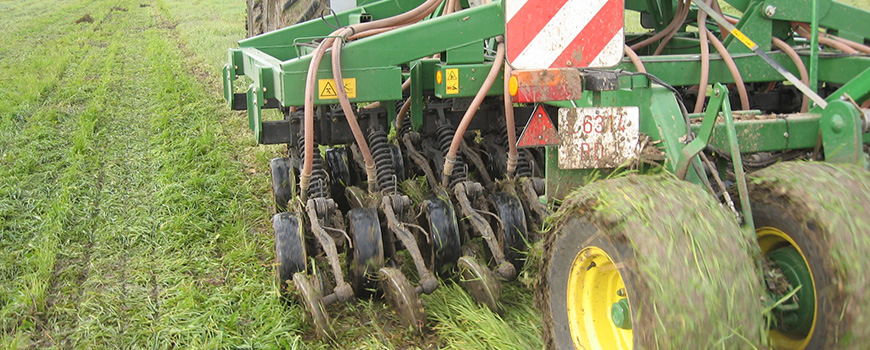
DESCRIPTION
Minimum soil disturbance is one of the pillars on which Conservation Agriculture rests. It is to avoid, insofar as possible, mechanical soil disturbance for the development of agricultural activity. This is made possible by machinery which has been developed to allow sowing on plant residues, although it is necessary to select the type of machine best suited to the conditions of each farm.
BENEFITS
Direct seeding has direct implications for sustaining soil structure, reducing vulnerability to erosion that occurs when plowing. But the reduction in the loss of soil and nutrients are not the only advantages of implementing these techniques. By reducing/suppressing the number of tillage operations and therefore using less machinery, the farmer decreases fuel costs, increasing the economic efficiency of agricultural activity. In addition, soil compaction phenomena decrease due to the reduction of agricultural works.
Biodiversity also improves when systems on which mechanical disturbance of soil is reduced are used. The no soil disturbance allows edaphic fauna to be more diverse and the food chain to be more complex. This is particularly relevant for soil quality, as these organisms cause its aeration and promote water infiltration. But its greatest advantage is the work of decomposing crop residues, releasing nutrients to the soil.




